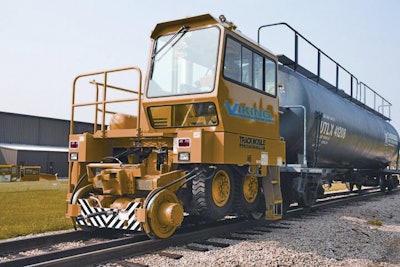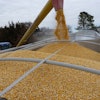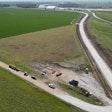
Industrial facilities that use rail as a part of their operation move railcars by a variety of motive power types. No matter what type of motive power is used, applicable rail operating safety rules and procedures should be followed. Applying up-to-date rules and procedures to rail operations will enhance employee safety and facility efficiencies.
When the railroad industry began to turn switching operations over to local industries, the local rail manager shared the rules and procedures of the time with its employees. However, over the years, the rail industry’s rules and procedures changed, while the industrial facilities continued to work with the safety rules and procedures originally given to them.
This is why it is critical for industrial facilities to connect to a rail professional to become aware of, and stay current with, updated railroad safety practices. With this information, your workers can become productive and motivated and can thrive. And by doing so, the industry demonstrates being proactive in guarding employees against injury, and their facilities against unnecessary catastrophic events.
Grain and feed industry managers should start by asking themselves:
- Do you know the proper way to use blue flag protection?
- Do you know how to calculate the necessary number of hand brakes for securing the equipment?
- Do you know there is a specific way that switches and hand brakes need to be operated?
- Do you know that having poor communication guidelines can lead to catastrophic events?
No matter what type of production site you have, you must treat your rail operations as if it was a small railroad, and not just a side part of your operation that you hope goes well without effort.
If you are a manager, you need to insist on safety. What you “say,” and what you “do” needs to be consistent, i.e., “Walk the talk.” In order to do that, you need to know what they know, and know how to do their job. It is important that safety always comes first. When it does, productivity will follow.
A rail professional that is up-to-date on all safety rules is a recommended way to train your employees.
Additionally, several steps can be taken to improve your rail operations.
- Institute a rail operations rule book for the guidelines they need.
- Create a Standard Operations Procedures Manual for your rail work.
- Conduct on site assessments (periodically by a rail professional) to ensure employees are in compliance.
- Train your managers to all aspects of your rail operations.
- 行为行为的观察你的员工for compliance to your policies.
By training your employees on up-to-date safety rules and procedures, and by enforcing those rules and procedures, you will reduce the amount of human failure incidents at your facility.


















